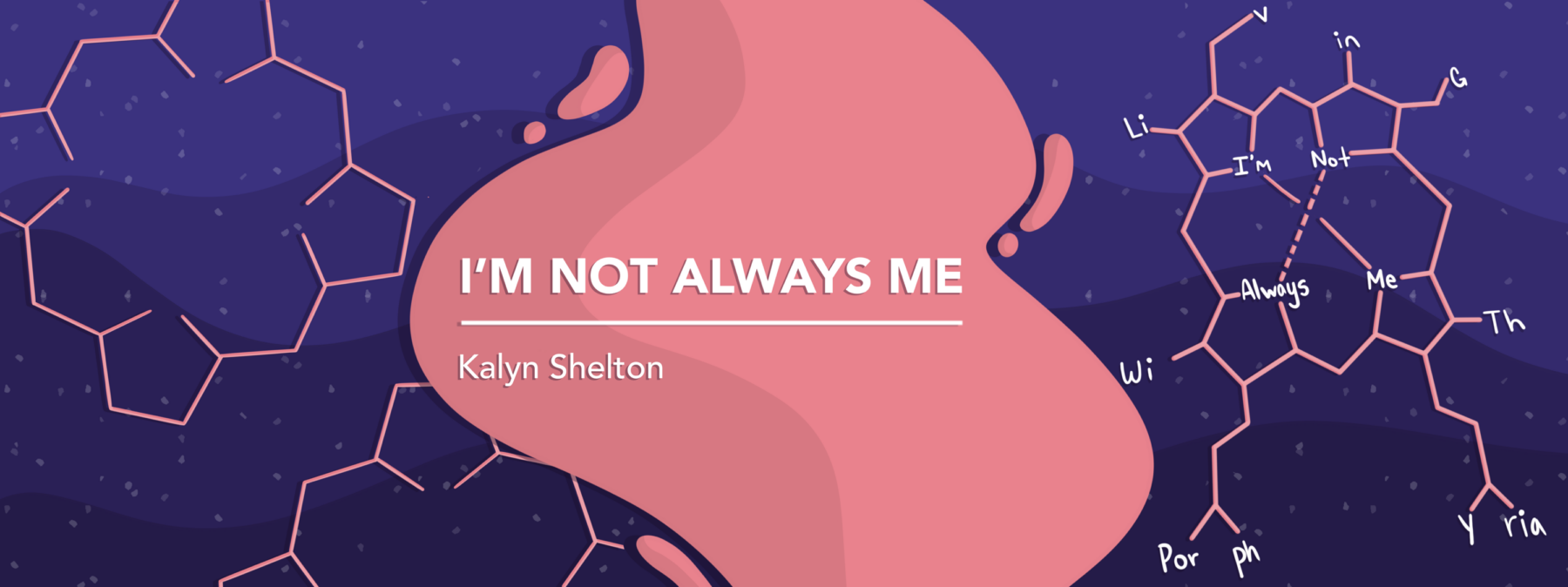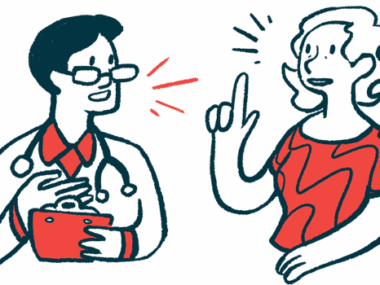Seizures led to my first hospital stay for a porphyria attack
At the time, I didn't know functional seizures could be part of AIP
Written by |

My alarm rang promptly at 8 a.m. so I could make it to work by 10. I still wasn’t feeling my best, but I found the strength to get out of bed and gather the clothes I needed to wear that day.
For days prior, I’d spent hours rearranging and cleaning the bedroom I share with my husband, Daniel, in a house my dad had built when I was little. I was carrying boxes downstairs from our room, and with each trip up and down, my legs grew weaker and weaker. I knew that was the first sign of a porphyria attack, but I pushed through.
With only a few more trips to make, I grabbed a box and started down the steps. I couldn’t see well in front of me, but by this point I’d memorized the number of steps. Soon I could feel my legs giving out, but I knew I was almost to the bottom, so I stubbornly kept going. I didn’t make it, though. My legs gave out, the box went flying, and I went tumbling over it. I wasn’t hurt too bad, so I dusted myself off and finished what I’d started.
An unexpected complication
I didn’t feel great over the next few days, and things escalated the morning my alarm went off. After grabbing my clothes, I made my way to the bathroom downstairs. My husband was inside, but I barged in anyway. “I don’t feel good,” I said. Daniel told me to sit down. “No. I don’t feel good. Something’s wrong. I need a doctor!”
Daniel asked, “What’s wrong?” At that point, all I knew was that I didn’t feel good, and it had something to do with my acute intermittent porphyria (AIP). I’d been diagnosed with AIP a few months before, in October 2020. I’d never been hospitalized for my symptoms, but the pain and nausea were far too familiar for it not to be an AIP attack.
Something was terribly wrong. I was not only nauseous and in tremendous pain, but I also felt numb and tingly throughout my whole body. I had to see a doctor.
I sat down on the commode and started to put my pants on. The thing was, though, I’d somehow forgotten how to do it. I couldn’t remember how to put on my pants at age 26. Daniel helped me with that and my other clothes on and brought me to my dad’s bed, which was close by. He then called 911. But as I lay there, my body began to tingle even more. That’s when I started having my first seizure.
Shortly after, paramedics barged in and began asking me questions, but I couldn’t respond. I didn’t know the answers and was still having seizures. While they were taking my vitals, another seizure began, so they quickly put me on the stretcher and took me outside. Once I was in the ambulance, my seizure stopped, and I was able to open my eyes and look around. “Where are we?” I asked, looking out the back of the vehicle. After confirming with Daniel, a paramedic informed me that I was outside my home.
We soon made it to the hospital, where I was hooked up to machines and IV fluids. Although I was in and out of it, when Daniel walked in, I said to the nurse, “There’s the cute one!”
I was then transferred to a room and had an electroencephalogram (EEG) done to measure my brain’s electrical activity. Thankfully, Daniel had cut 19 inches from my hair a couple weeks earlier. While the EEG made an absolute mess of it, things would’ve been worse with those extra 19 inches!
I was monitored all night by a camera and varied machines, which recorded each seizure. The next morning, a doctor greeted me. While he was unfamiliar with AIP, he explained that my seizures were nonepileptic, meaning there was no unusual electrical activity in my brain. He referred to them as “pseudoseizures,” otherwise known as functional seizures. I didn’t know it at the time, but these episodes were triggered by my AIP attack.
Although I was still experiencing functional seizures, I was discharged and referred to a neurologist and my primary care provider (PCP) for follow-up.
My PCP told me I couldn’t work, drive, or be left unattended until I’d gone 30 days without a seizure. During this time I took up crocheting, especially hats.
The neurologist wasn’t too concerned about the seizures, but he recommended that I apply for disability, as AIP is chronic. That depressed me because I enjoyed my job at the time as an in-home caregiver. I ended up working for three more months until I had an extreme attack during a shift and wasn’t able to return to work.
To this day, I still suffer from functional seizures caused by AIP. However, I’m a blessed porphyria warrior!
Note: Porphyria News is strictly a news and information website about the disease. It does not provide medical advice, diagnosis, or treatment. This content is not intended to be a substitute for professional medical advice, diagnosis, or treatment. Always seek the advice of your physician or other qualified health provider with any questions you may have regarding a medical condition. Never disregard professional medical advice or delay in seeking it because of something you have read on this website. The opinions expressed in this column are not those of Porphyria News or its parent company, Bionews, and are intended to spark discussion about issues pertaining to porphyria.






Leave a comment
Fill in the required fields to post. Your email address will not be published.